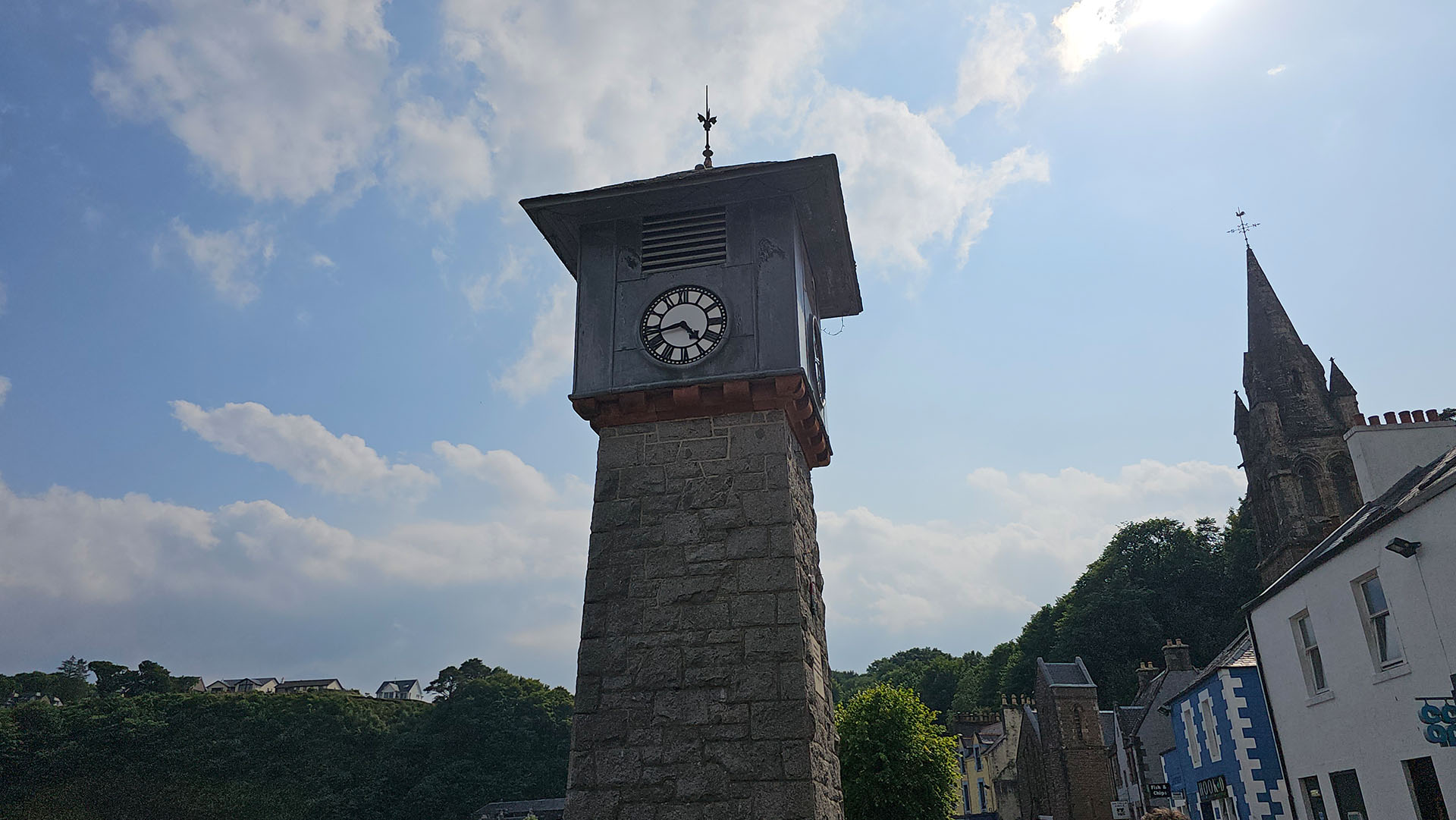
Introduction
Tobermory sits on the sheltered eastern shore of the Isle of Mull, its harbour fringed by brightly painted buildings and anchored by the clock tower erected in memory of Isabella Bird. The name comes from the Gaelic Tobar Mhoire, meaning “Mary’s Well,” a nod to a medieval chapel and healing spring that once stood nearby.
Early Settlements: From Prehistory to the Middle Ages
Archaeological excavations at Baliscate, just outside today’s town, uncovered a sequence of occupation starting with a sixth-century farmstead, followed by a seventh-century Christian chapel and cemetery, and later medieval timber and turf buildings.
The wider area shows signs of human activity for over 3,000 years. Standing stones at Baliscate and the Iron Age fort Dun Urgadul (used between 600 BC and AD 400) attest to the early importance of this harbour location.
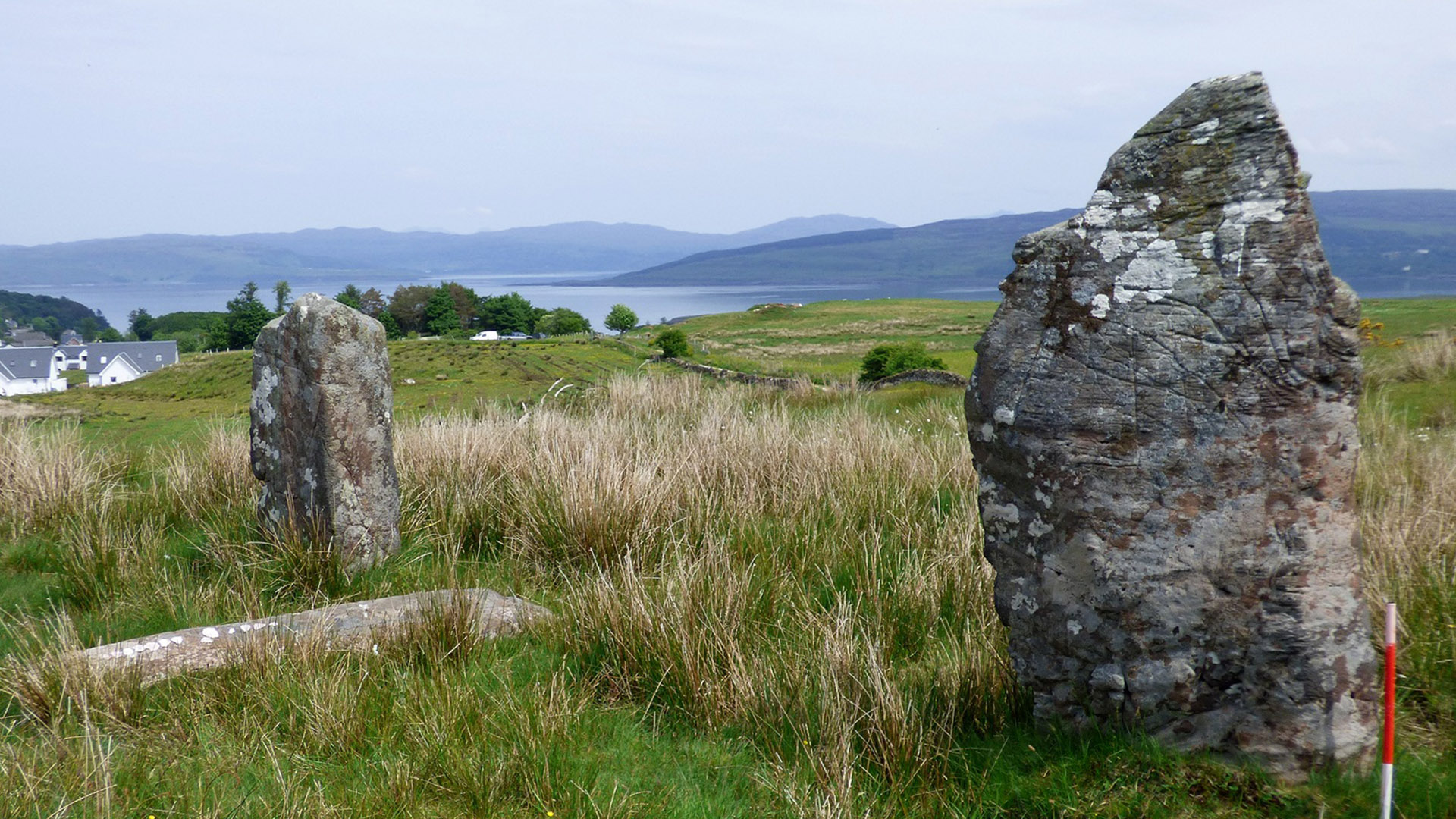
Founding in 1788: The British Fisheries Society
In 1788 the British Fisheries Society set out to create a planned fishing village at Tobermory. They levelled the steep slopes and reclaimed part of the foreshore, then built a pier alongside a customs house (today’s post office). This harbour infrastructure allowed vessels to land salt (for curing herring), pay export duties, and ship salted herring overseas. Streets and elegant terraces, such as Argyll Terrace named for the 5th Duke of Argyll, were laid out in a neat grid. The goal was to encourage local crofters to become skilled fishermen and tradesmen, jump-starting a new coastal economy.
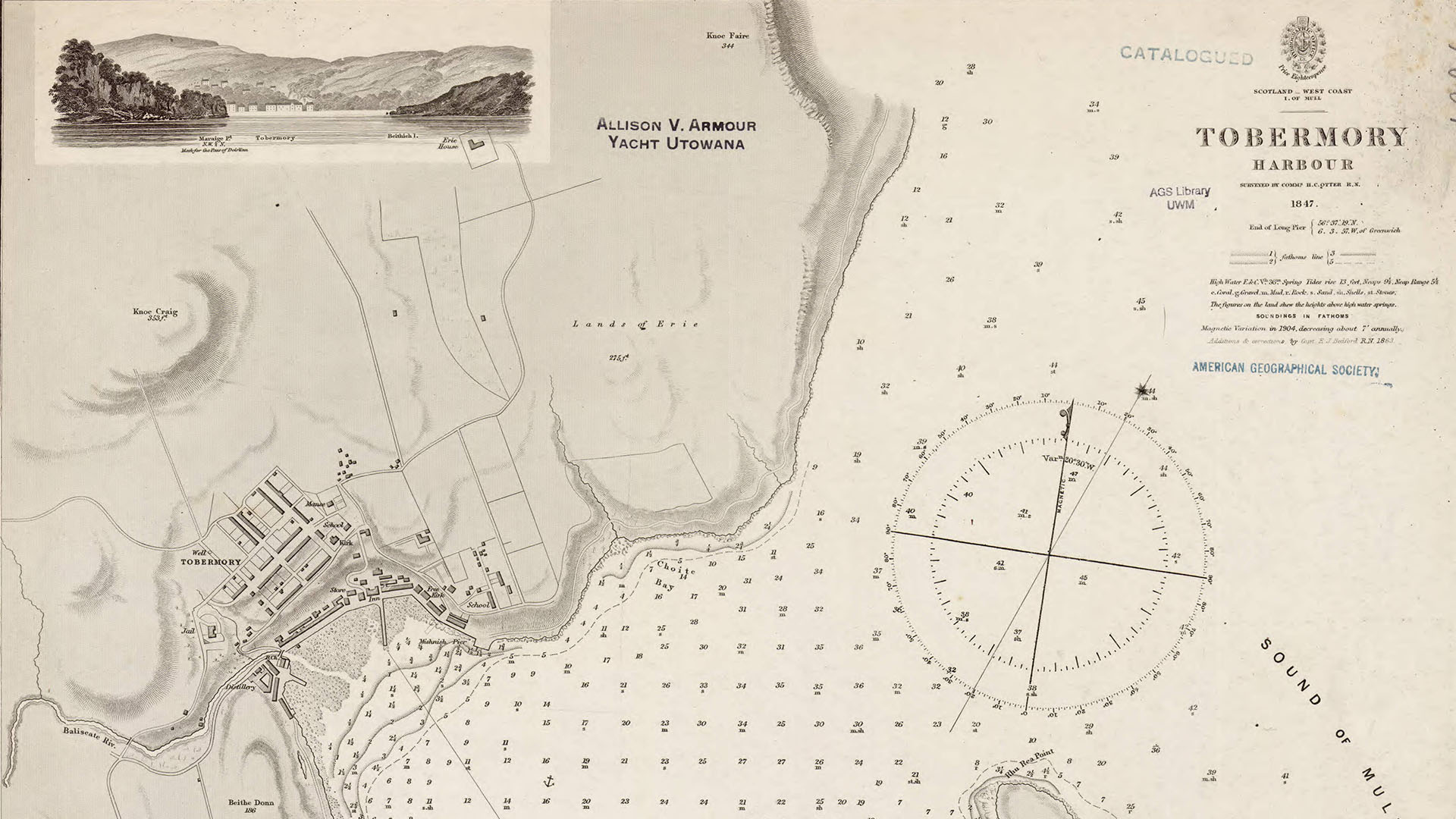
The Kelp Boom and Bust
During the early 19th century, kelp harvesting for soap and glass production propelled Tobermory’s economy. The pier was extended to handle the kelp cargo, but by the 1820s the market collapsed and the village faced lean years.
Victorian Recognition and the “Royal Route”
A turning point came in 1847 when Queen Victoria visited aboard the Royal Yacht Victoria and Albert, calling Tobermory “prettily situated.” Steamship companies seized on its royal patronage and marketed cruises along the “Royal Route” through the Hebrides. The influx of visitors brought new life to the shops, inns, and seawalls, and by the mid-19th century the population neared one thousand.
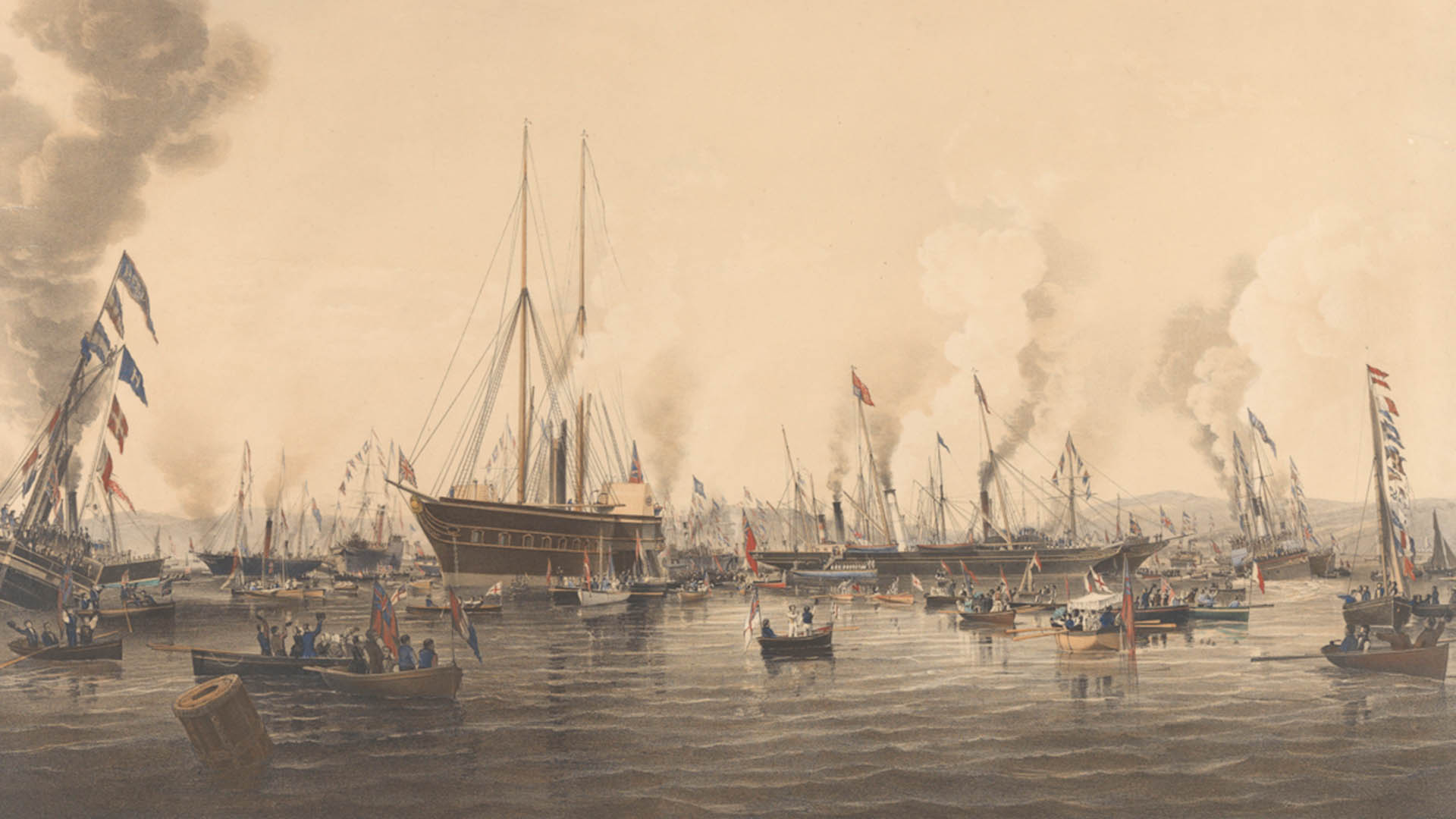
Maritime Legends and World War II
Legend claims a Spanish Armada galleon, either the Florencia or the San Juan de Sicilia, caught fire and exploded in Tobermory Bay in 1588, sinking with a fortune in treasure. Despite centuries of salvage attempts, no significant hoard has been found.
Two centuries later, during World War II, Tobermory’s harbour hosted HMS Western Isles, the Royal Navy’s anti-submarine training base under Vice Admiral Sir Gilbert Stephenson, known as the “Terror of Tobermory”.
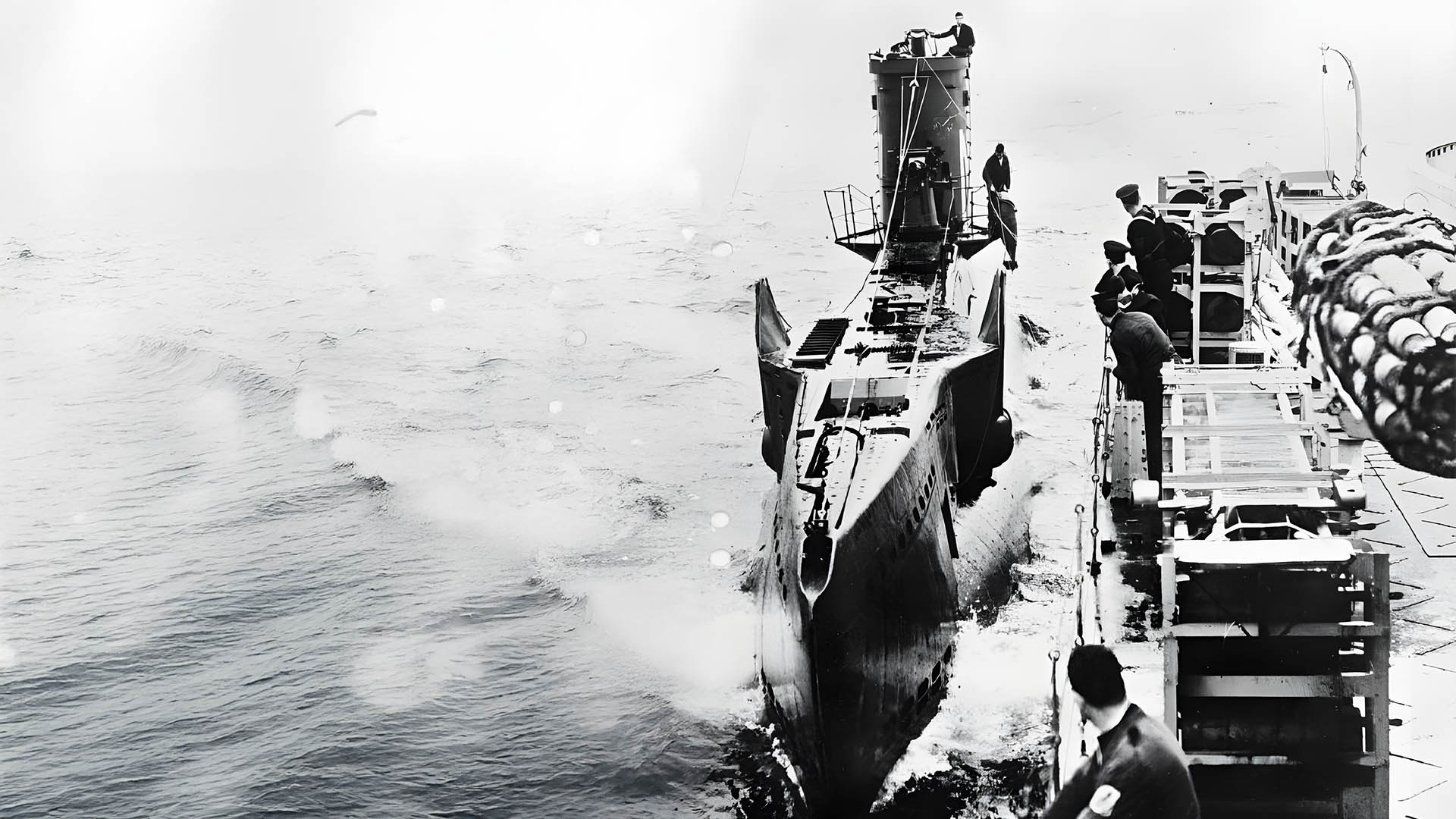
The Rise of Modern Tourism
In 1829, composer Felix Mendelssohn visited Mull, inspiring early musical pilgrimages. Tourism grew steadily over the years, and after World War II, it expanded further. In the 21st century, Tobermory became famous as the colorful backdrop for the BBC children’s series Balamory (2002–2005). Today it welcomes thousands of visitors each year, drawn by its historic waterfront, the Mull Museum, and boat trips to Staffa and the Treshnish Isles.
Tobermory Today
With a resident population of around 1,000, Tobermory remains the island’s cultural and administrative hub. Its streets still curve around the bay it was built to serve and the legacy of 3,000 years of settlement, from standing stones to steel-hulled yachts, gives every cobbled alley a story to tell.
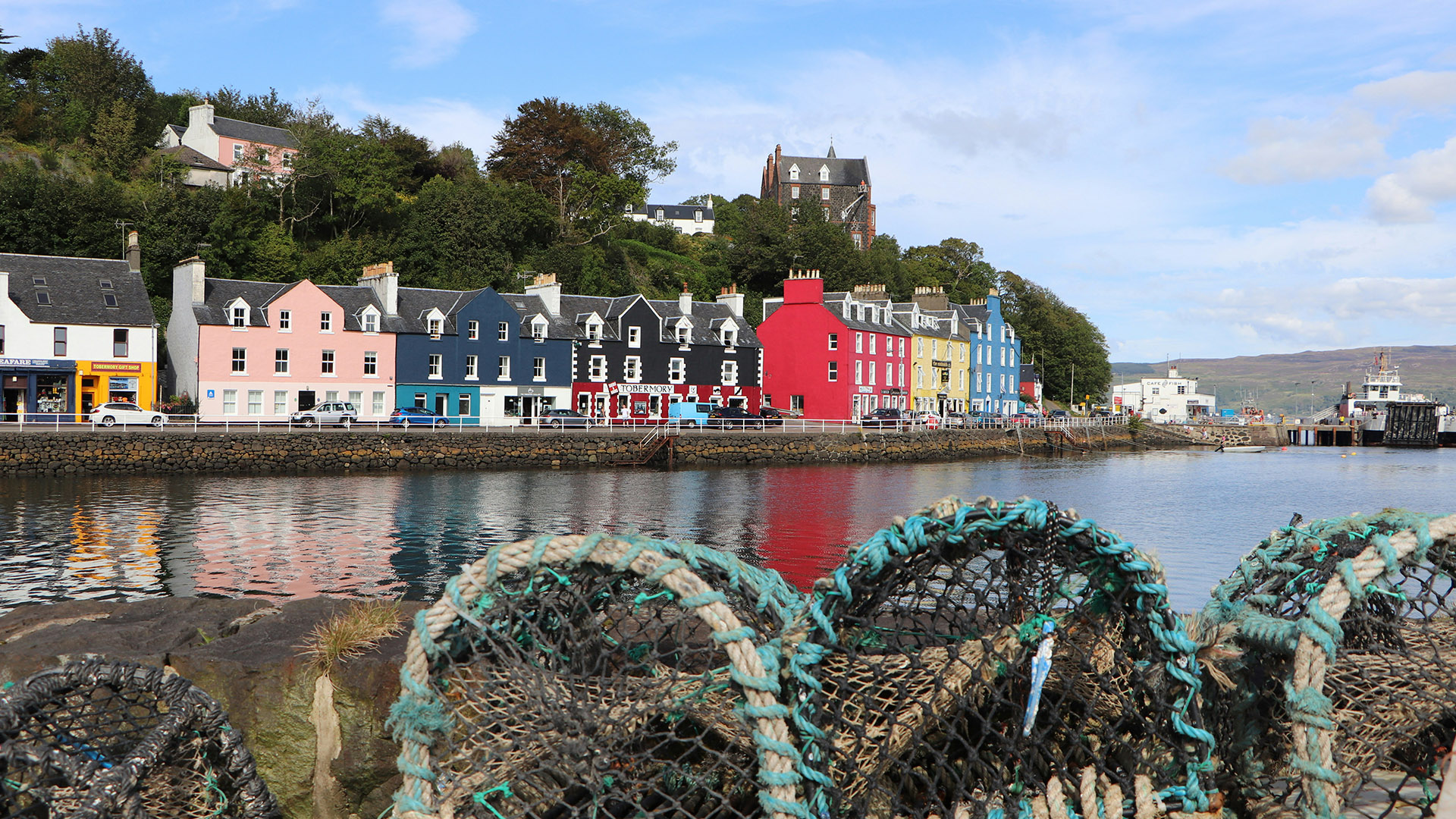
Whether you are tracing ancient standing stones, strolling the Georgian terraces, or savouring a dram at Tobermory Distillery, the town’s layered history invites you to explore each chapter of its enduring tale.

